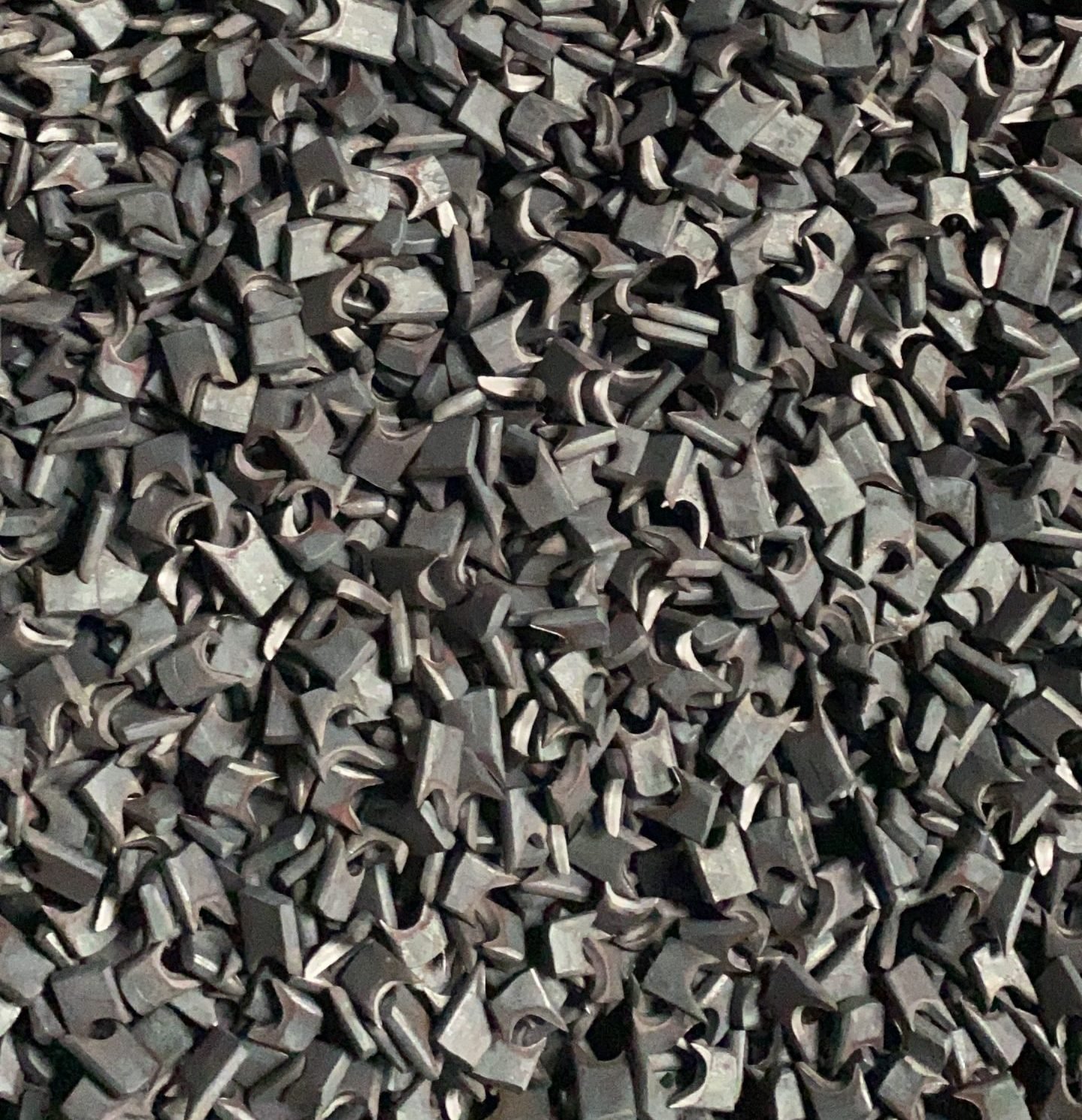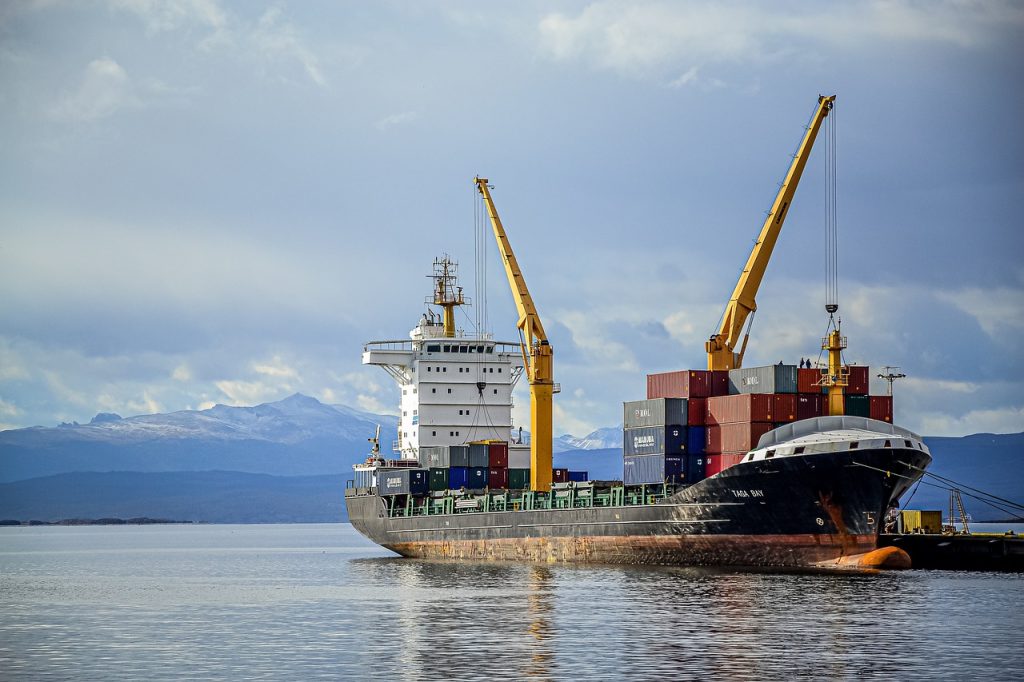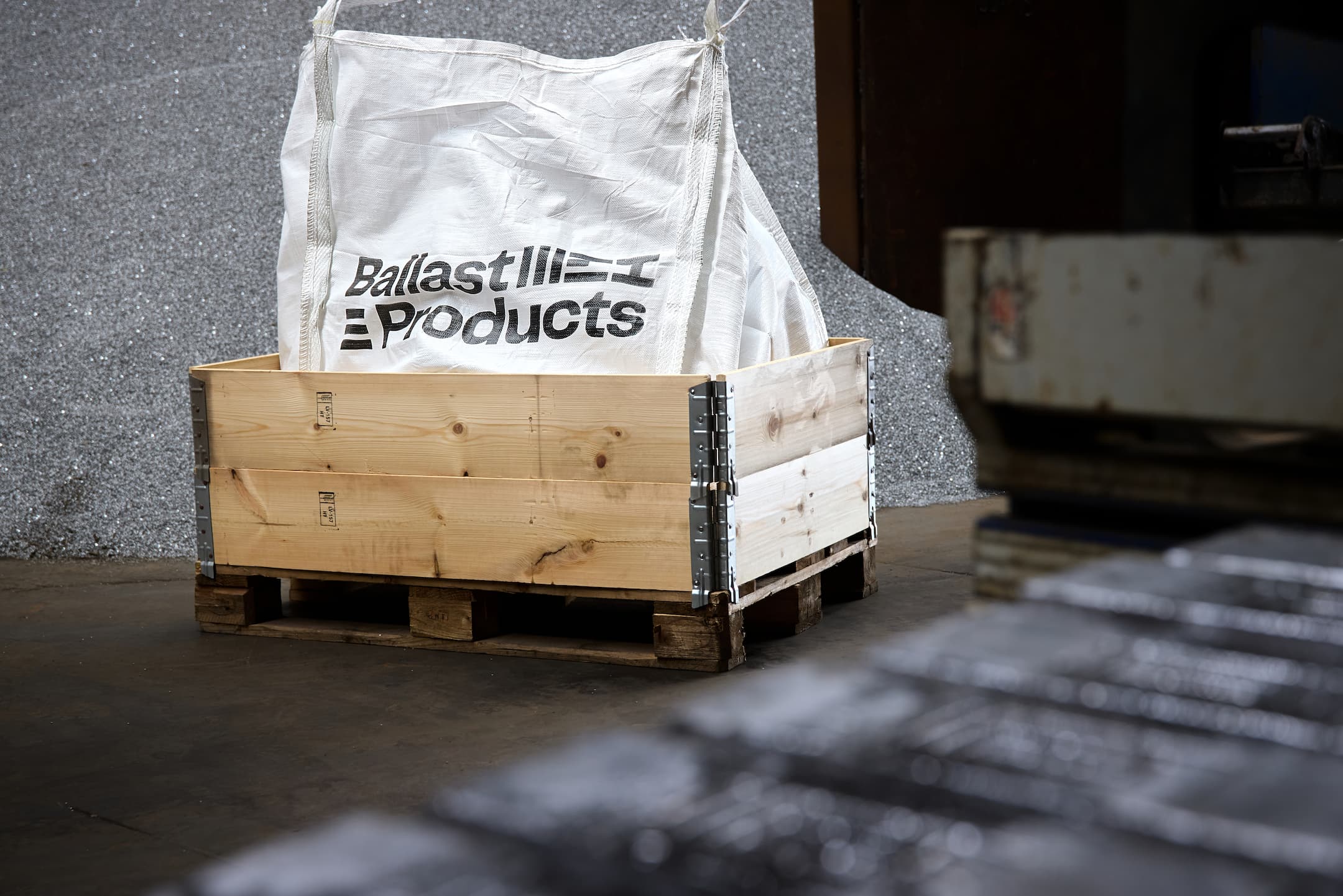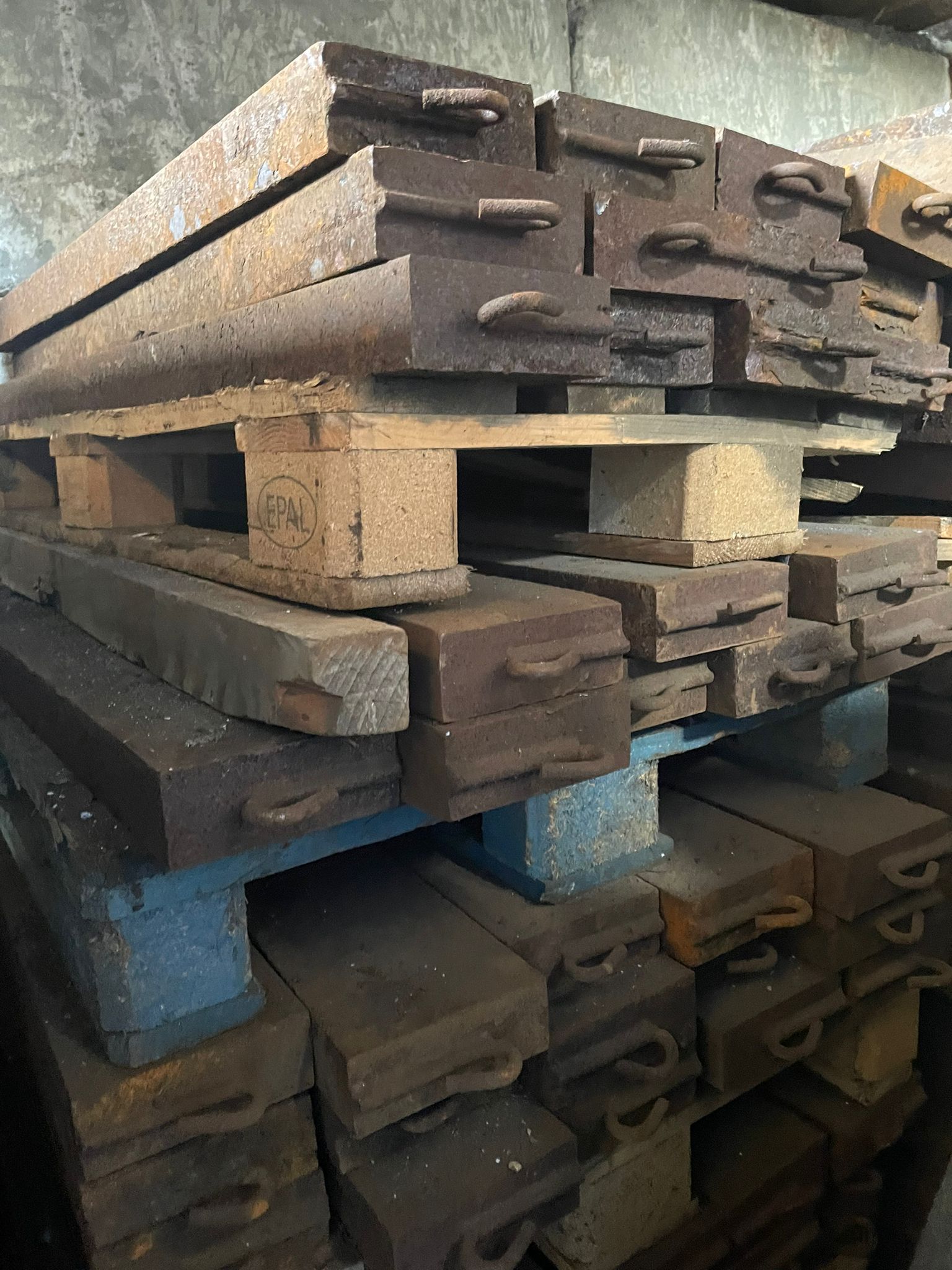
Ship ballast developments in 2022
Ballast products such as steel and lead are used in a wide variety of industries: shipping, car racing and also aviation. Each industry has its own specific ways of applying ballast. Yet the principle is the same everywhere: adding weight to increase stability. Ballast is basically a synonym for weight. And ballast products are thus the heavy materials used specifically for this reason.
The use of ship ballast is centuries old
The use of ballast has a long history within shipping. Centuries ago, people were already aware of the importance of extra weight for a ship’s stability. Back then, sand and stones were mainly used to transport goods between Europe and America. If a ship was not stable enough, the consequences would be disastrous. In strong winds or high waves, it could capsize just like that, posing a great danger to everything and everyone on board. The ballast, however, counterbalanced the cargo and thus provided balance.

Same principle, but more advanced
In addition to sand and stones, people used to frequently use tanks with water. These could be filled or emptied when needed during a voyage. The ballast systems used today are a lot more sophisticated. Ships and sailboats typically use a high-density material, such as steel or lead, to fill the vessel’s keel. In this way, the heaviest part of the hull helps with weight distribution.

Watersports
Not only within shipping, but also in recreational watersports, ballast products such as ballast lead are often used nowadays. Among others, when the aim is to create a big wave for the avid water sportsman. Water cannot be compressed. So it has to be pushed away by the vessel. This only works if that vessel is heavy enough. The more ballast on board, the more water can be displaced. And the bigger the resulting wave becomes.


Balance is the key word
When applying ballast products within shipping and pleasure boating, it is always about balance. Whether blocks, pellets or other shapes are used. And we mean the balance between the front and the back of the boat. The magic word is “centre of gravity”. If that is too much at the front, the wave will stay too low. But if it is too much at the back, the wave will be too short again. Because every boat is different, there is no universal formula. Need help with this? The specialised staff at Ballast products will be happy to help.





